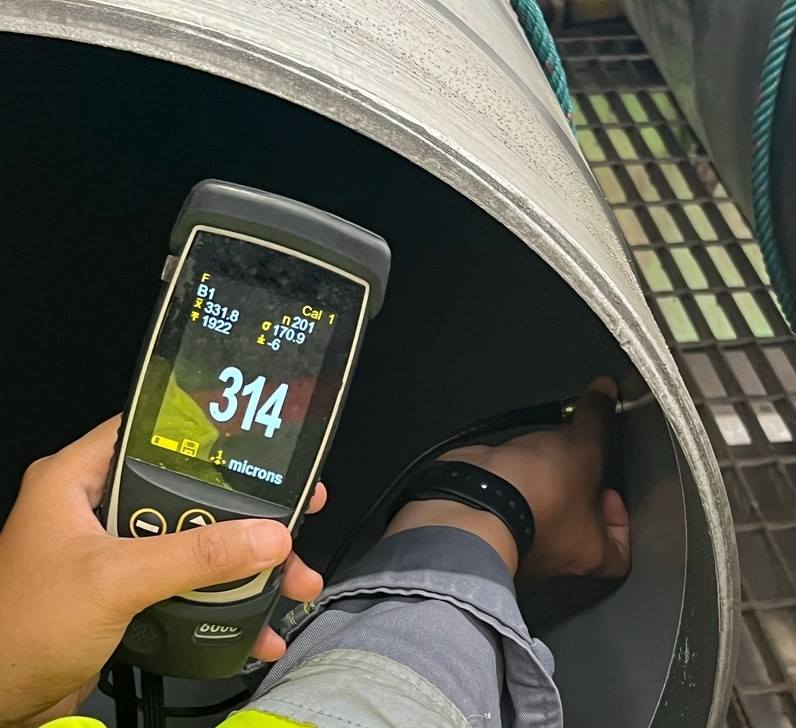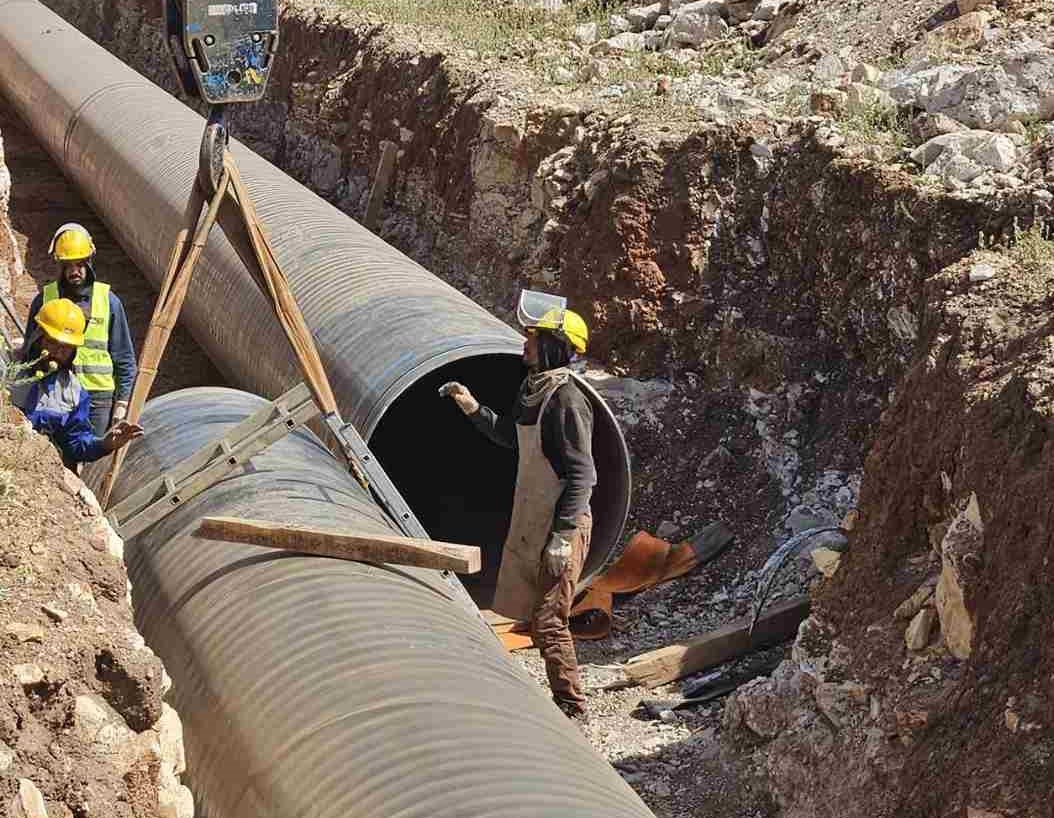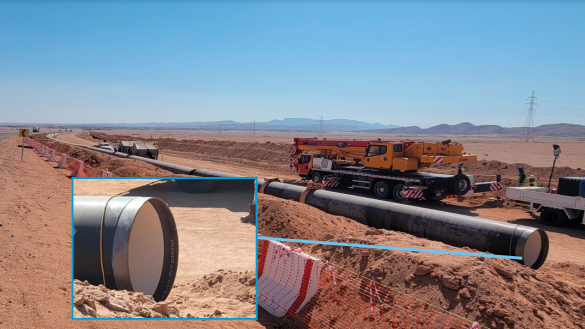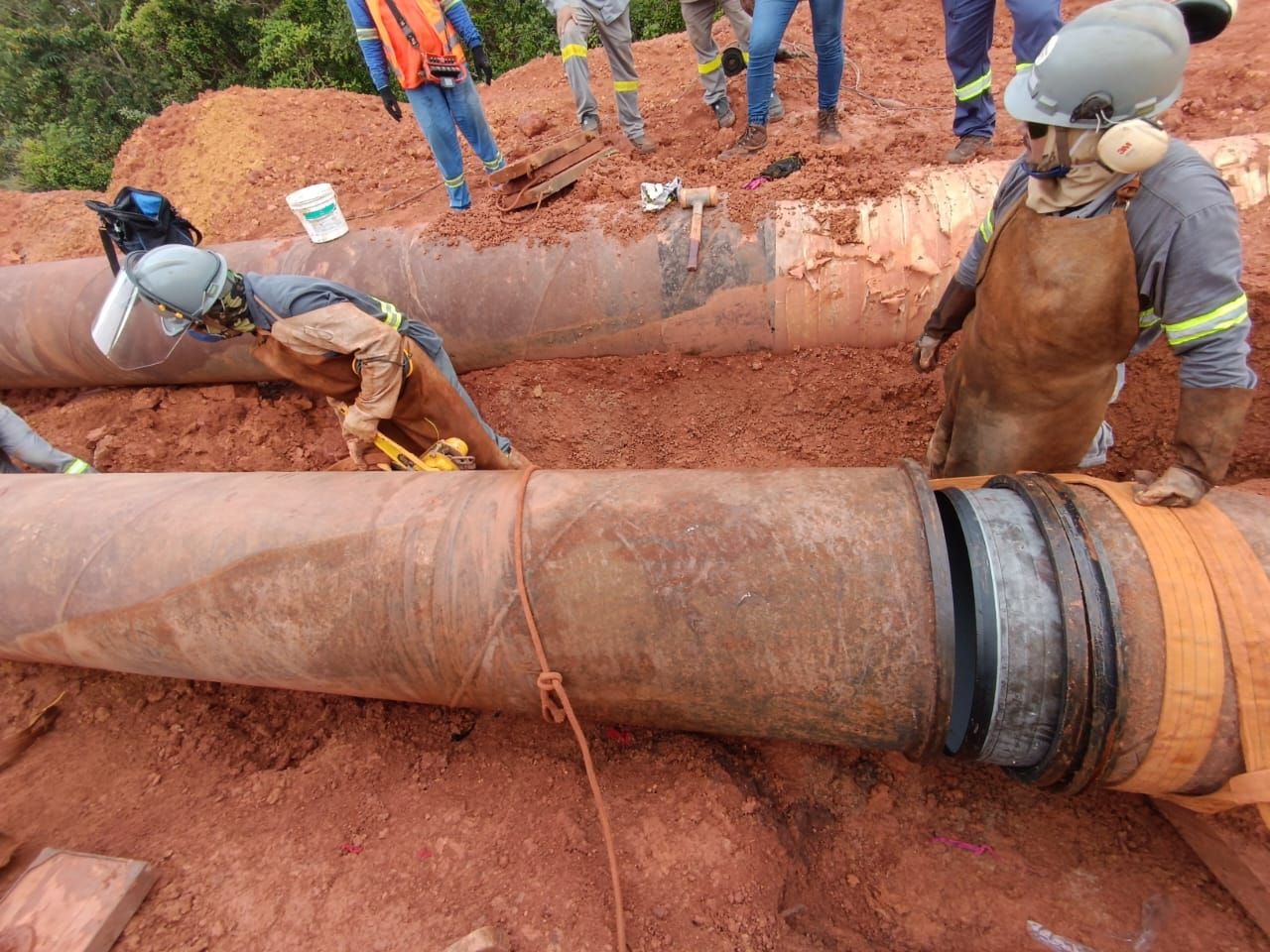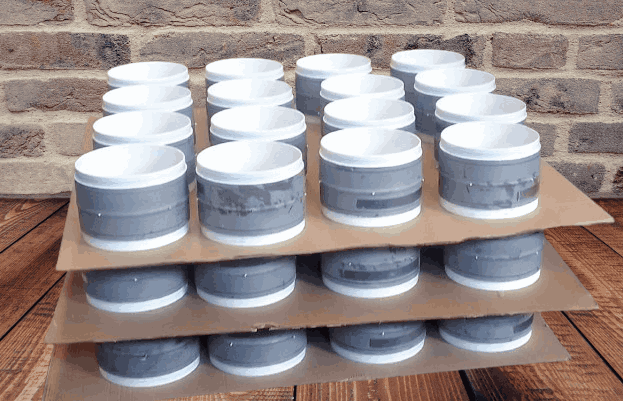Within the industrial infrastructures, pipelines play a significant role in ensuring a smooth transportation of the important resources. Considering the challenges posed to these pipelines such as corrosion and environmental damages, a protective shield emerges known as internal field joint coating. The coating is known to protect the pipes, thereby increasing their efficiency and strength.
In this blog we will discuss the basic concepts of internal field joint coating, its technologies, advantages, challenges associated with it and future prospects.
Understanding Internal Field Joint Coating
Internal field joint coating is an inner layer which can be applied in the inner surfaces of pipelines as well as other industrial structures. The main function of these pipelines is to protect the pipes from corrosion and minimize any threats posed by the environment which can compromise the strength of the pipeline. It not only helps protect the pipes but it also helps increase the durability as well as efficiency.
Three main techniques used for internal field joint coating include Fusion-Bonded Epoxy (FBE), Three Layer Polyethylene (3LPE) and Coal Tar Enamel (CTE). Over the years, these techniques have proven themselves as the most cost-effective choice, increased durability and efficient means to protect the pipeline infrastructure. They act as the backbone of the pipeline industry.
Read: What is the Process Of Joint Field Coating?
Technologies of Internal Field Joint Coating
There are three prime technologies primarily used in internal field joint coating.
Fusion Bonded Epoxy (FBE)
Fusion Bonded Epoxy exhibits strong adhesion and resilience against corrosion and chemicals. To create this durable and corrosion-resistant layer, melt the epoxy powder and fuse it onto the surface.
FBE is the best coating technique for excellent adhesion and chemical strength. This technique significantly helps in protecting the metal structures against corrosion. The application of FBE ensures a uniform protective barrier, enhancing the longevity and reliability of pipelines and industrial equipment.
Three-layer Polyethylene (3LPP)
A typical corrosion-resistant coating for steel pipeline protection is three-layer polyethylene (3LPP). 3LPP is a strong barrier against corrosion, damage, and environmental factors. It is composed of three layers, an external polyethylene layer, an adhesive layer, and an internal fusion-bonded epoxy (FBE) layer.
The external polyethylene layer protects against mechanical damage, the adhesive layer makes a strong bond, and the FBE layer ensures excellent adhesion. The oil and gas sector widely uses 3LPP because of its triple-layer structure, which enhances pipeline lifetime and durability.
Coal Tar Enamel (CTE)
Coal Tar Enamel (CTE) is a form of coating that shields the steel pipes. The coating is made by melting the coal tar pitch and various other substances. When it cools down, it becomes a hard shield to protect against the rust and damage. This form of coating helps in protection from the substances such as water, chemicals and dirty soil.
The coating is known as the strongest and can be applied at the toughest places. It makes a great choice for keeping the steel pipelines safe in different industries.
Advantages of Internal Field Joint Coating
The industry’s most significant threat is pipeline corrosion, which undermines the quality of all of our vital resources, including water, gas, and oil. That’s where you need internal field joint coating, that protects pipelines against corrosion’s relentless attacks. It’s the most economical, long-lasting solution to maintain the strength and efficiency of our pipelines.
More: How Coating Helps To Protect Pipeline Corrosion
Following are some of the internal joint coatings techniques and benefits which serve as the best tool to combat corrosion.
FlexSleeve Technology
FlexSleeve is a form of internal field joint coating. By adjusting to the shape of the pipe, this system guarantees simple insertion as well as dependable seal quality. Moreover, it works well with automatic welding and accepts pipes that are not in the round. The flexibility not only provides a better fit but also eases the root pass, delivering a more consistent weld quality.
Seal Sleeve Technology
When it comes to slurry pipelines, SealSleeve stands as the best solution. It enables quick interior lined pipe manufacture and standard full penetration welded connections. SealSleeve, lined with the same polymer as the pipe, eliminates the need for expensive mechanical connections. It is the preferred choice for the best corrosion protection because it is reliable, inexpensive, and leak-proof.
Plastic Liner
By attaching the plastic liner to the pipe wall using a specialized technique, SealSleeveTM is able to seal against a fixed seat. It is quick, dependable, and perfect for small parts that need frequent joint connections and offshore vessels. It is able to withstand high pressure and allow standard carbon steel welding.
LPS Joint Technology
To prevent the harmful effects of corrosion, LPS Joint Technology combines the advanced materials. The best tools of the pipeline world are aromatic polyurethane, thermoplastic polyurethane, natural and synthetic rubber, fusion and liquid-bonded epoxy, thermoplastic polyamides (Nylon), and high-density polyethylene. Every material has a distinct function and can withstand damage, chemicals, water penetration, and much more.
Challenges Linked To Internal Field Joint Coating
Although internal joint coating comes with a lot of advantages, it also faces a lot of challenges. Since the soil structure is never the same, these pipelines have to face extreme temperatures, uneven surfaces and different pipeline materials. However, the pipeline industry has responded with innovative solutions which result in developing solutions which range from the advanced surface preparation to the adaptive coating materials.
Find out the “Best Insert Pipe Sleeve Technologies for Internally Coated Pipelines.”
Although it can be quite costly to invest in the internal field joint coating, real life case studies have revealed that they require strategic financial decisions. The cost-benefit analysis has revealed that it helps reduce the maintenance costs in the long-run, making it an economically and sustainability viable solution.
Conclusion
In summary, internal field joint coating plays a vital role in the pipeline industry’s performance. The impact spreads across the industry, prolonging pipeline longevity, minimizing corrosion, and lowering maintenance costs. The future is bright for a strong and creative pipeline infrastructure with new technologies and sustainability as a priority.
FAQs
Q1. How often should internal field joint coating be applied?
Ans: The frequency of application depends on factors like environmental conditions, pipeline material, and coating type. It is recommended to regularly do assessments following industry guidelines.
Q2. Are there environmentally friendly alternatives to traditional coatings?
Ans: Yes, eco-friendly coating options are emerging in the industry, providing effective protection while minimizing environmental impact.
Q3. Is internal field joint coating a universal solution?
Ans: No, the choice of coating depends on factors like pipeline type, operating environment, and transported substances. Therefore, different coatings offer specific advantages tailored to different scenarios.
Q4. How can companies ensure compliance with industry standards?
Ans: Strict adherence to industry standards is crucial for effective internal field joint coatings. Thus, companies can ensure compliance by staying informed and implementing robust quality control measures.

